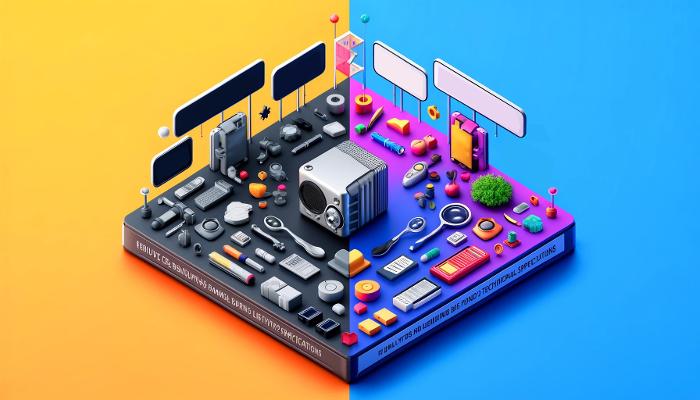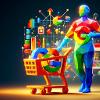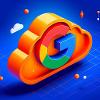
Have you ever wondered why some online stores seem to have a magnetic pull on you? A great shopping experience includes a smooth web experience and checkout process, but it also depends on how products’ benefits are presented to you.
In this short post we will have a closer look at understanding the difference between describing product benefits over their features.
One time, I was browsing through an online gadget store (I have too much of this stuff – don’t judge me!). At that time I was looking for a smart watch. I came across a product listing that, on paper, was just a list of technical specifications.
My eyes glazed over the “10-day battery life” and “water-resistant up to 50 meters.” Later on, after I stumbling on a competitor’s website that described a the same features as “Your unwavering companion on your fitness journey that lets you dive without worrying whether it’ll break.”
It didn’t just communicated its features, but how they benefited me while using it. That’s when it clicked for me: most people buy something because of it could benefits them, not because it has certain specifications.
Features vs. Benefits
At the heart of many e-commerce content strategies lies a common oversight: the focus on what products have (features) over how they make customers’ lives better (benefits).
Features are factual statements about the product, think: battery life or water resistance. Benefits, on the other hand, are about the positive outcomes or experiences the product features deliver to those who buy it.
A Better Content Hook
To move towards a benefit-driven approach, start by understanding your product intimately and then ask, “How does this make someone’s life better?”
To know what the benefits are, you must understand your audience and what they are after when they are considering buying your products.
Let’s look at a few ways that could improve your approach to writing product descriptions.
Benefits vs. Features: The key distinction here is that benefits address the “so what?” question that lurks in every shopper’s mind. For instance, a feature like “built with durable materials” becomes the benefit: “enjoy peace of mind with a phone case that withstands life’s drops and spills.”
Writing Benefit-Focused Product Descriptions: Begin by listing the features and then translate each into a tangible benefit. A laptop with a “1TB SSD” translates to “store all your precious memories and work files without ever worrying about running out of space.”
Identifying Key Benefits Your Customers Care About: If you yourself aren’t part of the group that would buy the products you’re selling. Understanding your customers could involve running surveys, reading reviews on competitor websites and social media to understand gripes with similar products.
A feature like “noise-cancellation” in headphones transforms into the benefit “Focus on your work, stop being distracted by every single thing happening in your noisy office”
Using Storytelling to Showcase Benefits: Create stories around how your product will perfectly fit into customer’s life. Instead of saying a planner has “a yearly and monthly overview,” say “take control of your busy schedule, do more every day with this planner.”
Visual Content that Highlights Benefits: Use images and videos that show your product in action, solving real-life problems. This could be as simple as showing how easily a portable blender can be cleaned, highlighting the benefit of “saving time on cleanup to enjoy more of what you love.”
Even better would be to have user generate content (UGC) showing these types of things. It highlights that people have bought and used this product before, it increases the social proof while highlight benefits over features.
Some Examples
- A Smart Thermostat:
- Poor: “Equipped with a 5.5-inch color display.”
- Better: “Visualize your energy usage at a glance with a large color display.”
- Eco-Friendly Water Bottle:
- Poor: “Made from 100% recycled materials.”
- Better: “Drink knowing you’re no contributing to the eco issues our world we all struggle with”
- Wireless Earbuds:
- Poor: “20 hours of battery life.”
- Better: “Lose yourself in music or stay connected with crystal clear calls all day.”
The Better Content Challenge
Now, I challenge you to review your e-commerce content.
Do you understand who you are selling to? Do you know what the benefits your products bring to your customer?
Identify where you’ve been feature-heavy, instead highlight the benefits of your products. Remember, you’re not just selling items; your products are going to solve a problem your customer is seeking to solve.
Take this approach, and increase your shop’s magnetism.









